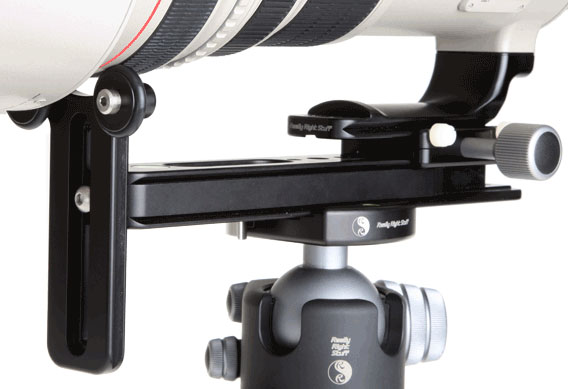EXCERPT page containing first few paragraphs. 2024-04-25 04:43:14
UA_SEARCH_BOT_compatible_botmozilla/5.0 applewebkit/537.36 (khtml, like gecko; compatible; claudebot/1.0; +claudebot@anthropic.com) @ 3.138.175.180
For full access, subscribe here. Or click title to login. ![]()
Eliminating Camera Movement when Testing
Eliminating camera movement might seem obvious, but it’s harder to achieve than one might think. It goes well beyond just “using a tripod”.
Use a tripod
Use a medium size or larger tripod, suitable for the lens and camera combination. But it’s not so much the size of the tripod as the resonance that is always present in both tripod and larger lenses.
On the tripod, pay close attention to what the tripod + lens + camera combination actually does: with telephoto lenses of 200mm on up, there can be considerable movement even with the most stable tripods. This can be true even of 70-200mm zooms, because of the length of the lens barrel.
Article continues for subscribers...
Diglloyd Making Sharp Images is by yearly subscription. Subscribe now for about 13 cents a day ($50/year).
BEST DEAL: get full access to ALL 8 PUBLICATIONS for only about 75 cents a day!
Diglloyd Making Sharp Images articulates years of best practices and how-to, painstakingly learned over a decade of camera and lens evaluation.
Save yourself those years of trial and error by jump-starting your photographic technical execution when making the image. The best lens or camera is handicapped if the photographer fails to master perfect shot discipline. High-resolution digital cameras are unforgiving of errors, at least if one wants the best possible results.
- Eases into photographic challenges with an introductory section.
- Covers aspects of digital sensor technology that relate to getting the best image quality.
- Technique section discusses every aspect of making a sharp image handheld or on a tripod.
- Depth of field and how to bypass depth of field limitations via focus stacking.
- Optical aberrations: what they are, what they look like, and what to do about them.
- MTF, field curvature, focus shift: insight into the limitations of lab tests and why imaging performance is far more complex than it appears.
- Optical aberrations: what they are, what they look like, and what to do about them.
- How to test a lens for a “bad sample”.
Intrigued? See Focusing Zeiss DSLR Lenses For Peak Performance, PART ONE: The Challenges, or (one topic of many) field curvature.

©2010 Really Right Stuff, used with permission.


